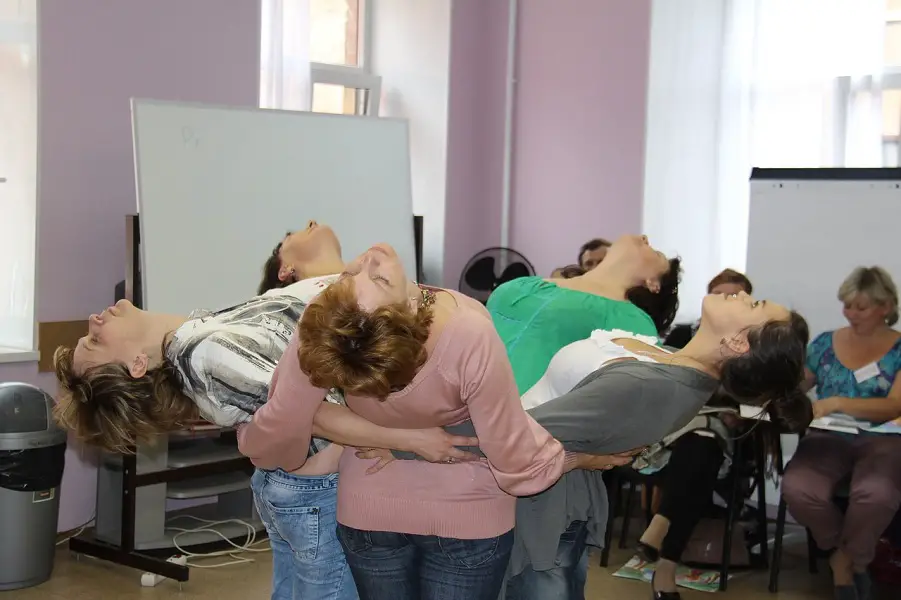Group therapy is an integral component of partial hospitalization programs (PHPs).
PHPs provide an intensive level of behavioral healthcare for patients struggling with debilitating mental illness or addiction who require structure and support beyond weekly outpatient therapy.
Patients attend the PHP program for six to eight hours a day, five days a week, with group therapy serving as the primary mode of treatment.
Small Groups
The group dynamics that take shape in a php los angeles can foster profound growth.
Typically comprised of eight to 12 patients led by one or two therapists, PHP groups bring together individuals with a diverse set of diagnoses, from mood disorders to personality disorders to dual diagnoses.
While this diversity introduces complex interpersonal dynamics within groups, it also enriches the treatment experience.
As members connect through sharing vulnerabilities and providing mutual support, they begin to realize that mental health struggles can be universal. Clear boundaries and guidance are necessary to minimize conflict and maximize understanding.
Participant Diversity
This diversity in patient struggles enriches group dynamics, as members connect by sharing their stories and providing mutual support. However, it also introduces complications.
Symptoms of psychiatric illnesses can sometimes clash, as with a member with borderline personality displaying intense emotions that trigger anxiety for a member with PTSD.
Skillful group leaders gently guide interactions to minimize tension and maximize understanding.
Building Trust
Another key component of PHP group dynamics is the emergence of trust amongst members over time.
As the group meets day after day, intimate bonds normally form. Members open up about past traumas, self-destructive habits, family issues, and other sensitive topics. Trust enables vulnerability, which enables healing.
However, violation of trust through breaches of confidentiality or judgmental comments can rupture relationships. Group leaders establish clear guidelines to foster safety.
Emotional Exposure
The emotional exposure involved in PHP groups generates several therapeutic opportunities.
Witnessing others model vulnerability and process difficult emotions can have a cathartic and normalizing effect. Members often feel isolated in their mental health journeys before entering treatment.
Through resonating with the stories of others, traumatic past experiences or unhealthy patterns of relating can be reframed as more universal.
Skills Building
Beyond normalizing struggles, group dynamics provide members the chance to practice relational skills.
For many members with mood, trauma, or personality disorders, interpersonal relationships have been a major source of difficulty and pain. Groups give members a space to take risks while opening up, articulate needs directly, manage conflict, and provide empathy.
With coaching from therapists leading groups, members can gain insight into maladaptive dynamics plaguing their relationships outside of treatment.
Intrapersonal Effects
While interpersonal learning comprises a significant aspect of group therapy, the intrapersonal dimension is also impactful.
Witnessing peers courageously share, members often feel inspired to become more honest with themselves. PHP groups foster powerful moments of clarity, where through others’ feedback, members gain awareness of destructive habits or cognitive distortions holding them back.
By lowering defenses in group interactions, members create space for self-reflection and motivation for personal growth.
Overall, the intimate, messy, and complicated dynamics that unfold in PHP group therapy settings provide rich soil for healing to occur. As members bond over shared struggles, model vulnerability for each other, give and receive feedback, and practice relational skills, self-defeating patterns get disrupted.
In breaking free from isolation and taking risks expressing authentic needs directly, profound transformation emerges one day at a time.
The relationships formed in groups often persist beyond formal treatment, establishing lasting pillars of support during the precarious transition back towards everyday life.
Leave Feedback: Was this article helpful?

